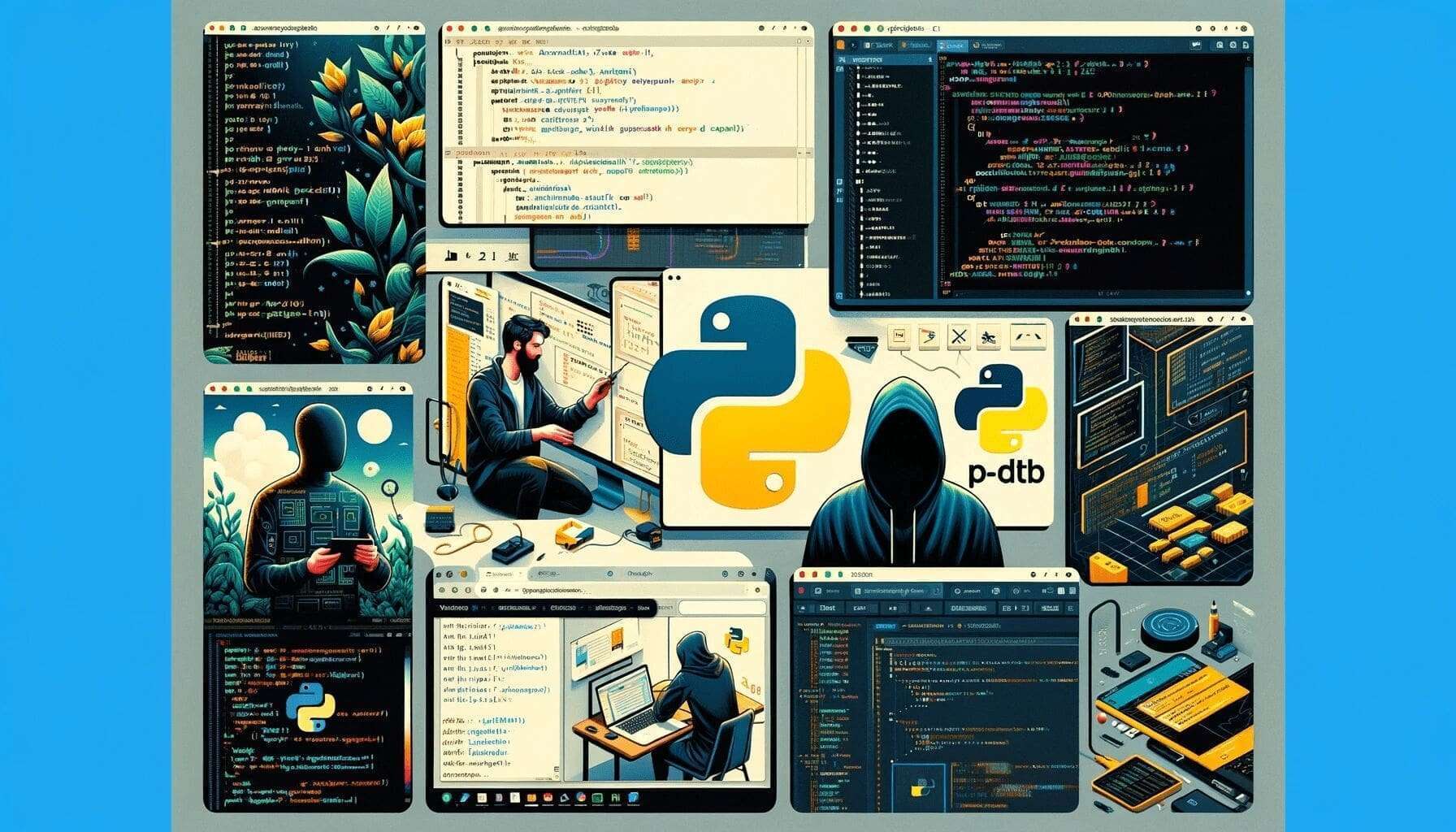
FAQ: Is there a source code level debugger with breakpoints, single-stepping, etc.?
FAQ
Approx read time: 2.9 min.
Is there a source code level debugger with breakpoints, single-stepping, etc.?
Yes.
Several debuggers for Python are described below, and the built-in function breakpoint() allows you to drop into any of them.
The pdb module is a simple but adequate console-mode debugger for Python. It is part of the standard Python library, and is documented in the Library Reference Manual. You can also write your own debugger by using the code for pdb as an example.
The IDLE interactive development environment, which is part of the standard Python distribution (normally available as Tools/scripts/idle3), includes a graphical debugger.
PythonWin is a Python IDE that includes a GUI debugger based on pdb. The PythonWin debugger colors breakpoints and has quite a few cool features such as debugging non-PythonWin programs. PythonWin is available as part of pywin32 project and as a part of the ActivePython distribution.
Eric is an IDE built on PyQt and the Scintilla editing component.
trepan3k is a gdb-like debugger.
Visual Studio Code is an IDE with debugging tools that integrates with version-control software.
There are a number of commercial Python IDEs that include graphical debuggers. They include:
Python offers several options for source code level debugging that include features like breakpoints, single-stepping, and more. Here are some commonly used debuggers in Python:
1. PDB (Python Debugger): This is the built-in debugger in Python, accessible through the command line. It supports setting breakpoints, stepping through code, stack inspection, and more. You can start it by inserting `import pdb; pdb.set_trace()` in your code at the point where you want to start debugging.
2. IPython Debugger: IPython, an enhanced interactive Python shell, has its own debugger called `ipdb`, which extends the features of pdb with additional functionalities of IPython like syntax highlighting, better tracebacks, and tab completion.
3. PyCharm Debugger: If you use PyCharm (an IDE by JetBrains), it comes with a very powerful graphical debugger. It allows breakpoints, watches, evaluates expressions, and has an interactive console during debugging sessions.
4. Visual Studio Code Python Debugger: Visual Studio Code (VS Code), a popular open-source code editor, has excellent Python debugging support. It provides a user-friendly interface for setting breakpoints, inspecting variables, watching expressions, and navigating through code.
5. Thonny: Thonny is an IDE for Python that is especially good for beginners. It has a simple debugger with the ability to set breakpoints, step through code, and inspect variables.
6. Wing IDE: Wing IDE is another Python IDE with a powerful debugger. It supports remote debugging, multi-threaded and multi-process debugging, and can debug Python code running on Raspberry Pi.
Each of these tools has its own strengths and is suited to different development needs and environments. For beginners, PDB or Thonny can be a good starting point, while more advanced users might prefer the features offered by IDEs like PyCharm or Visual Studio Code.
Related Posts:
Linux Kernel Prior to 5.0.8 Vulnerable to Remote Code Execution(Opens in a new browser tab)
FAQs(Opens in a new browser tab)
Python Online Compiler Code on the Go(Opens in a new browser tab)
Introduction to Scratch – Lifelong Kindergarten Group(Opens in a new browser tab)
The HTML image tag: img(Opens in a new browser tab)
Microsoft Office Products Official ISOs install media from the source.(Opens in a new browser tab)








